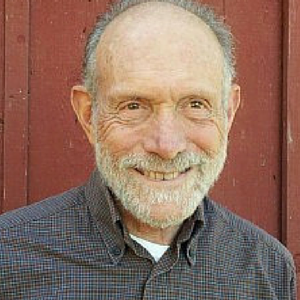Toward a Nonviolent Future
Metta will dedicate 2011 to putting before spiritual activists and all interested parties the following four-fold plan for a concerted major campaign that we see as the best approach to a nonviolent future. Each of these items will of course need elaboration, and we have been considering convening a strategic council and larger meeting to work on that. Meanwhile we invite your comments.
I. The Vision.
We envision a not-too-distant future where human beings live in “loving community” on a healthy planet. When people are guided by their culture to look for satisfaction within themselves (and in warm relationships with others) instead of by accumulating possessions prestige – when they become aware of their inner resources – they will naturally put less pressure on the environment and come into conflict much less frequently with other persons. Seeking happiness where it can actually be found (within us) will have shown the way out of seemingly intractable problems.
II. The Goal.
The progressive movement needs a unifying focus; and there is no question what that focus must be: to rebalance and protect the climate of planet Earth. This task cannot be accomplished if it is not made our number one priority; and if it is not accomplished nothing else will even be possible. This does not necessarily mean dropping all other concerns: it does mean working on those concerns in a way that is at least indirectly helpful in the struggle to restore the planetary climate and to with full awareness of the Vision that is our ‘big picture’ and how one’s own work is part of it. In that way, we can solve this urgent problem at its root, which turns out to be the root of almost every problem that we face.
III. The Strategy.
Mahatma Gandhi developed an extremely successful model for a major campaign. In the freedom struggle that led to India’s independence he kept two ‘wings’ in balance. One was Constructive Programme, a set of eighteen projects designed to help Indians take back their culture, their self-sufficiency, and their hopes for a healthy future. These positive ways to rebuild their own society depended on no outside source or permission. They could often be carried out ‘beneath the radar’ of the British Raj but had a powerful effect in positioning Indians to call for, and work on, the withdrawal of the occupation.
Satyagraha was the more obstructive ‘wing’, and is better known (though very few are aware of the power it contains or how it works). As a general rule we should do constructive work whenever possible (which is practically always) and obstructive resistance when necessary and strategically advisable.
IV. The Method.
Actually, nonviolence is much more than a method or a tool. It is a whole way of life arising from the type of Vision we outline above. But as a method of struggle in entails unconditional respect for the person of the opponent or opponents even, or especially when their behavior must be resisted. Much has been learned since the days of Gandhi and King about this science – for such it certainly was – but few have enough exposure to this knowledge to make it a practical reality. We have to rectify that, for it is only through nonviolence that we can push back the forces that are destroying the quality, if not the very existence of life on Earth gently but firmly, and above all permanently. In this way, also, we can emerge from the successful campaign to rebalance and protect Earth’s climate with a community of activists ready to move on to whatever issues call for our attention.








